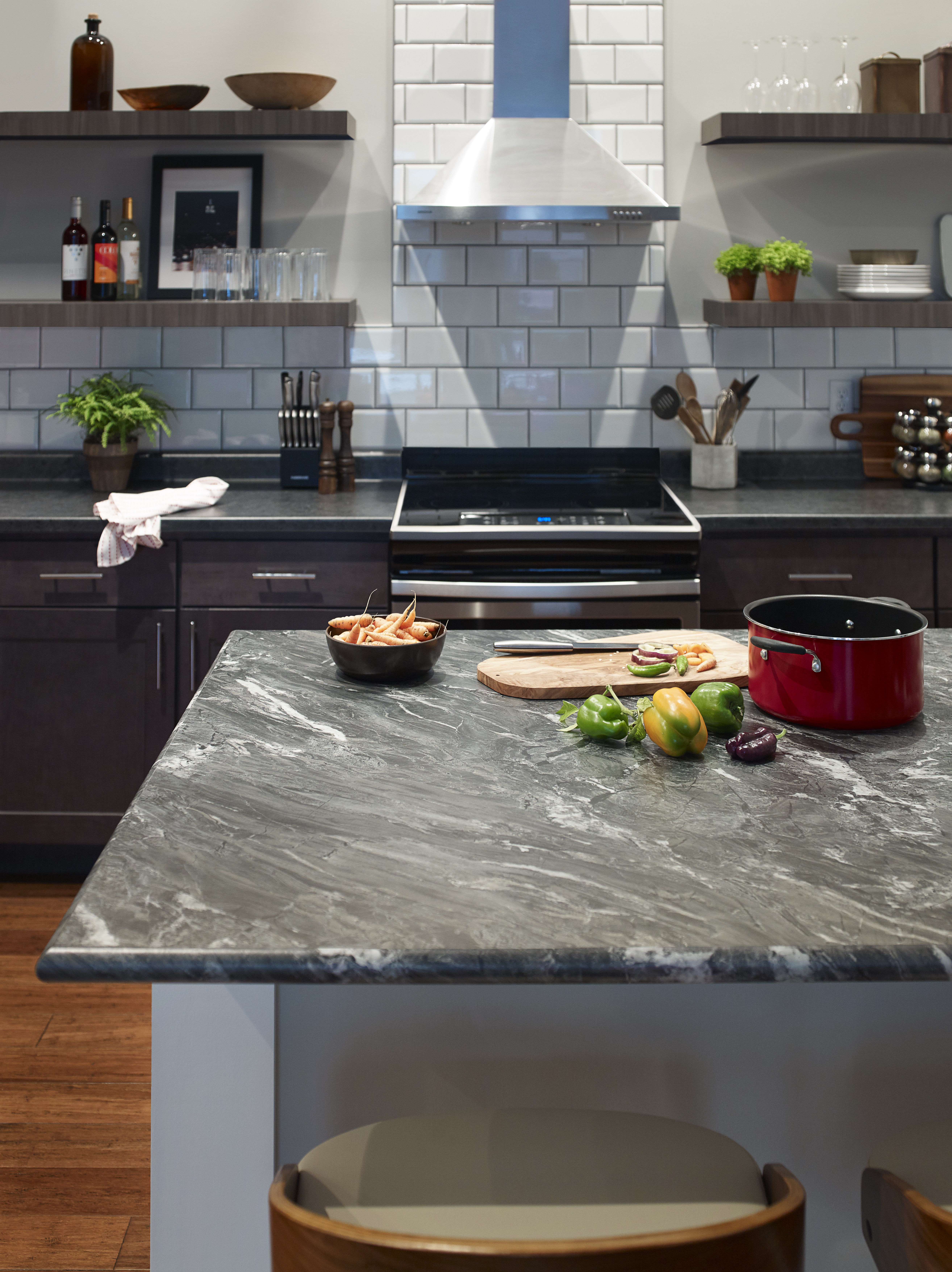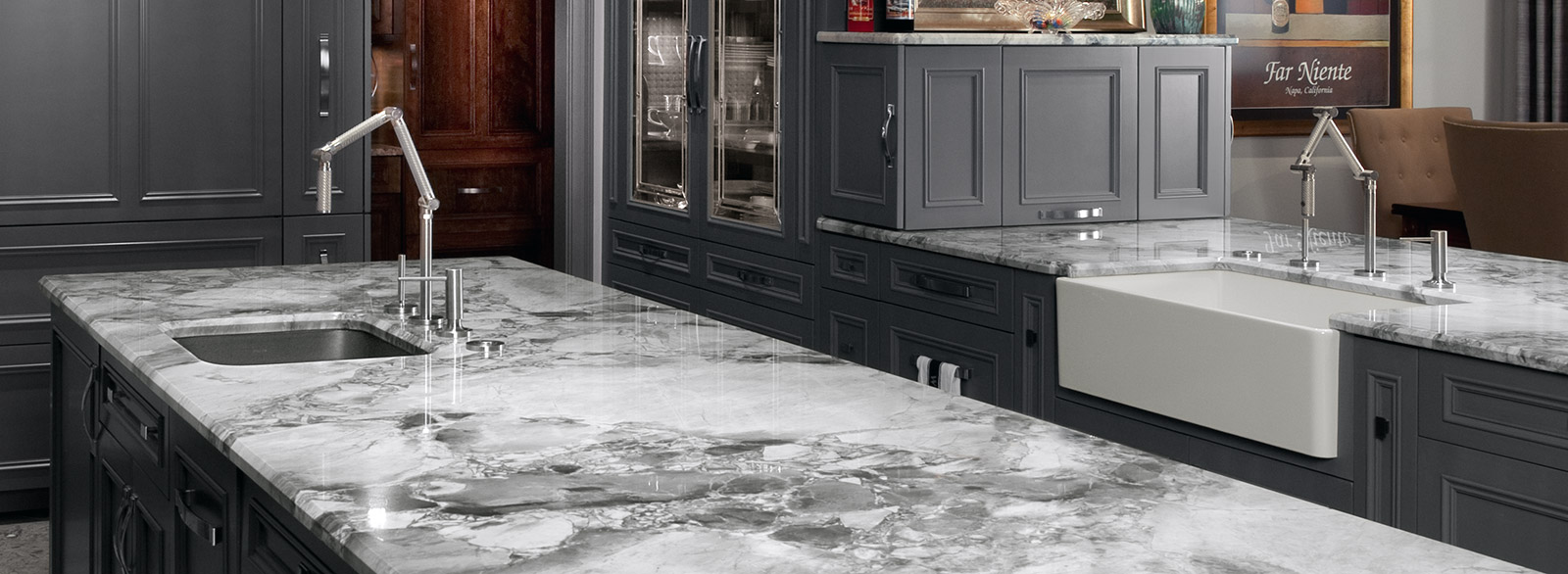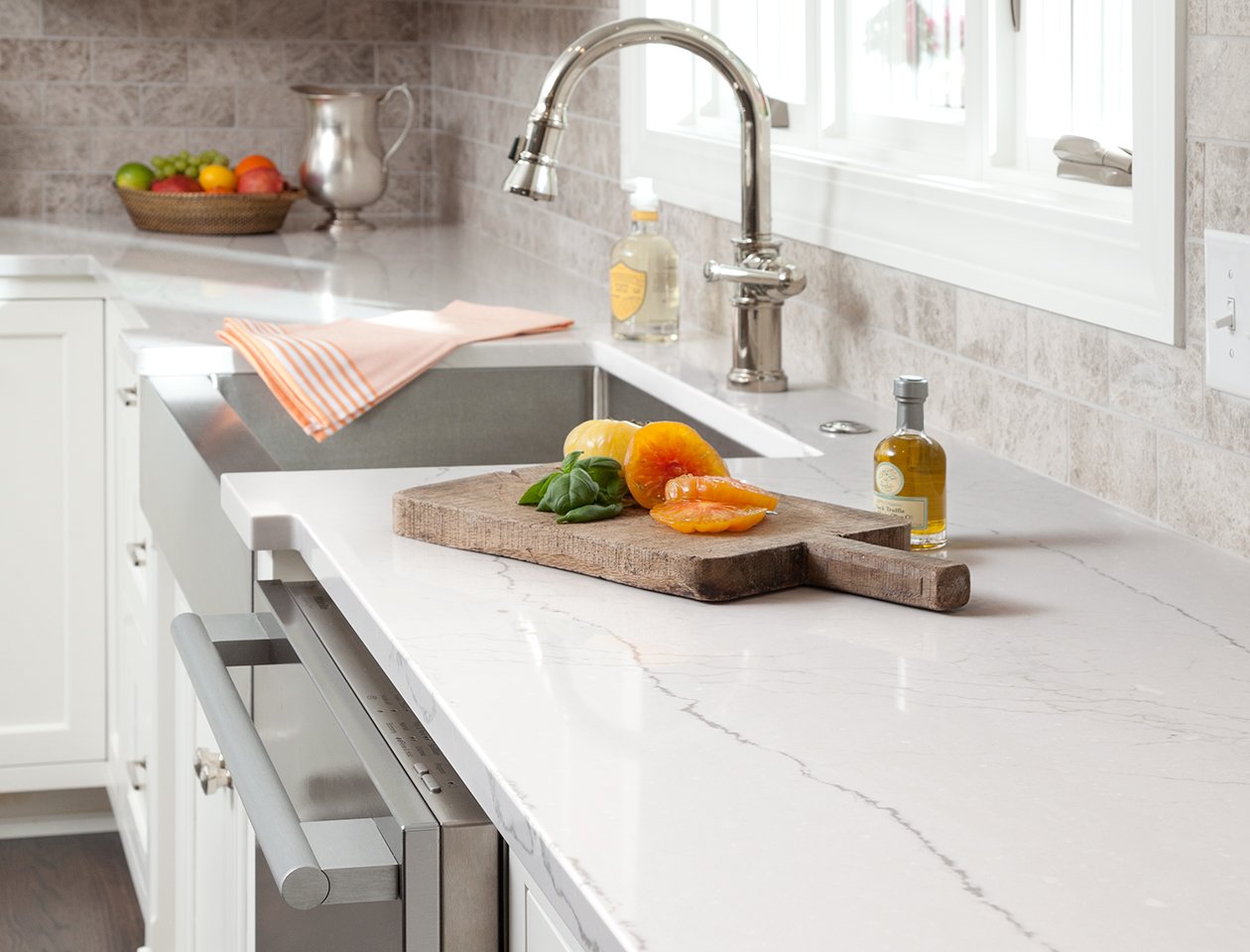When it comes to renovating a kitchen or bathroom, granite countertops are often at the top of the wish list. Granite offers a luxurious, durable, and timeless look that can instantly elevate the aesthetic of any space. However, the cost of granite can sometimes be a deterrent, leading many to believe it’s out of reach for those on a budget. I’ve learned that with a bit of creativity and careful planning, it’s entirely possible to have beautiful granite countertops without breaking the bank. By focusing on budget-friendly options and making smart choices, you can achieve the look you desire at a fraction of the cost.
One of the first strategies I consider when working with a budget is choosing granite remnants. These are leftover pieces from larger projects that contractors or suppliers have on hand. Since they are not large enough for full kitchen countertops, they are often sold at a significant discount. If you’re looking to upgrade a smaller area, such as a bathroom vanity or a kitchen island, remnants can be a perfect solution. I’ve found that mixing and matching remnants can also create a unique and custom look, adding character and style to your space.
Another cost-saving approach is to opt for prefabricated granite countertops. Unlike custom slabs that are cut to fit your space, prefabricated countertops are pre-cut and come in standard sizes. These are usually less expensive because they are mass-produced and involve less labor during installation. Prefabricated granite countertops can still offer the same beautiful finish as custom options but at a more affordable price. I’ve noticed that this option is especially beneficial for straightforward layouts without complex shapes or corners.
It’s also important to consider the grade of granite you choose. Granite is typically categorized into different grades based on its quality, with lower grades being less expensive. Lower-grade granite doesn’t mean lower quality; it usually indicates that the stone has more natural imperfections or variations. I actually prefer the unique character that these variations bring, as they can add a distinctive charm to the countertop. By selecting a lower grade of granite, you can reduce costs while still achieving a beautiful and durable countertop.

Choosing a simpler edge profile is another way to keep costs down. The edge profile refers to the shape of the countertop’s edge, and more intricate designs usually come with a higher price tag. I find that opting for a standard edge, such as a straight or eased edge, not only saves money but also provides a clean and modern look that can complement any kitchen or bathroom design. The savings on the edge profile can then be allocated to other aspects of the renovation, such as fixtures or backsplashes.
Another consideration is the source of your granite. Purchasing granite directly from a quarry or a wholesale supplier can sometimes offer better pricing compared to retail outlets. I’ve found that by cutting out the middleman, you can often negotiate a better deal. Additionally, exploring local suppliers or even considering recycled granite can lead to significant savings. Recycled granite, which is repurposed from other projects, offers an eco-friendly and cost-effective alternative without compromising on quality or aesthetics.
Installation costs can also add up quickly, so if you’re handy and willing to take on some of the work yourself, you can save a considerable amount. DIY installation may not be for everyone, but I’ve found that even handling the demolition and preparation work can reduce labor costs. However, it’s essential to know your limits; granite is heavy and requires precise installation, so leaving the actual placement to professionals might be the best choice if you’re not confident in your skills.

The size of the slabs you choose can also impact your budget. Large slabs with minimal seams are typically more expensive due to the difficulty in quarrying and transporting them. If you’re open to using smaller slabs or incorporating seams into your design, you can save on both the material and installation costs. I’ve seen how well-placed seams can be almost invisible, especially when the granite’s pattern is carefully matched, so this is definitely an option worth considering.
When it comes to budgeting, I always recommend comparing multiple quotes from different suppliers and contractors. Prices can vary significantly, and by taking the time to shop around, you can ensure you’re getting the best deal. I’ve found that some suppliers are willing to price match or offer discounts if they know you’re considering other options. Being upfront about your budget can also lead to recommendations for more affordable alternatives that you might not have considered.
It’s also worth considering alternative granite finishes. While polished granite is the most popular, honed or leathered finishes are becoming increasingly popular and can sometimes be more affordable. These finishes offer a different texture and appearance, which can add depth and interest to your countertops. I particularly like the matte look of honed granite, which offers a more understated elegance compared to the high gloss of polished surfaces.
Another budget-friendly option is to combine granite with other materials. For example, you could use granite for the most visible areas, such as the island or countertops, and opt for a more affordable material, like butcher block or laminate, for less prominent spaces. This approach allows you to enjoy the luxury of granite without the high cost of covering all surfaces. I’ve found that this mix-and-match approach can create a dynamic and interesting kitchen design that feels custom and high-end.

Timing your purchase can also influence the cost. I’ve noticed that prices for granite can fluctuate depending on supply and demand. Shopping during off-peak times or taking advantage of sales and promotions can lead to significant savings. It’s also a good idea to keep an eye out for discontinued colors or patterns, which are often sold at a discount as suppliers make room for new inventory.
Keeping the design simple and avoiding unnecessary add-ons can also help keep costs down. While elaborate designs and features can be appealing, they often come with a higher price tag. I always remind myself that simplicity can be just as beautiful and often more timeless. By focusing on a clean and functional design, you can achieve a sophisticated look without overspending.
Finally, consider the long-term value of your investment. While granite may require a larger upfront cost compared to other materials, it’s a durable and low-maintenance option that can last a lifetime. I view it as an investment in the overall value of my home. With proper care, granite countertops can withstand daily wear and tear, and their timeless appeal ensures they won’t go out of style, making them a worthwhile choice even for those on a budget.

Common Mistakes to Avoid
When working with budget granite countertops, it’s easy to make mistakes that can end up costing more in the long run. One common mistake I’ve seen is not considering the full scope of costs, including installation and maintenance. It’s important to budget for the entire project, not just the cost of the granite itself.
Another mistake is choosing a granite color or pattern based solely on price. While it’s tempting to go for the cheapest option, it’s crucial to select a design that complements your space and personal style, ensuring you’ll be happy with the result.
Additionally, attempting a DIY installation without the necessary skills can lead to costly errors, such as improper sealing or incorrect placement, which can affect the durability and appearance of the countertops. Lastly, not shopping around for multiple quotes can result in overpaying for materials and labor, so taking the time to compare options is essential.
![]()
Is it possible to find high-quality granite on a budget?
Yes, it’s definitely possible to find high-quality granite on a budget. By exploring options like granite remnants, lower-grade granite, and prefabricated countertops, you can reduce costs without compromising on quality. I’ve found that with careful planning and a bit of flexibility, you can achieve a beautiful granite countertop that fits within your budget.
What are the differences between lower-grade and higher-grade granite?
Lower-grade granite often has more natural imperfections or color variations, but this doesn’t necessarily mean it’s of lower quality. In fact, I appreciate the unique character these variations bring to the stone. Higher-grade granite tends to have a more uniform appearance and is usually more expensive due to its rarity and consistency. Both grades are durable and offer the same functional benefits.
Can I install granite countertops myself to save money?
While DIY installation can save on labor costs, granite is a heavy and complex material to work with. I would only recommend attempting a DIY installation if you have experience and the proper tools. Even then, it’s important to be aware of the challenges, such as precise measurements and proper sealing, which are crucial for a successful installation.

Are there affordable alternatives to granite countertops?
Yes, there are several affordable alternatives to granite, such as quartz, laminate, and butcher block. However, if you’re set on granite, consider mixing it with other materials in your kitchen to keep costs down. I’ve seen how combining granite with a more budget-friendly material can create a custom look that’s both stylish and affordable.
How can I maintain granite countertops on a budget?
Maintaining granite countertops doesn’t have to be expensive. I recommend using a simple mixture of warm water and mild dish soap for daily cleaning. To keep costs down, you can also purchase an affordable granite sealer and apply it yourself once or twice a year. Regular maintenance helps protect your investment and prolongs the life of your countertops.
What should I consider when choosing granite for a budget renovation?
When choosing granite for a budget renovation, it’s important to consider factors like the source of the granite, the grade, and the edge profile. I’ve found that opting for remnants, lower-grade granite, or prefabricated options can significantly reduce costs. Additionally, sticking to a simple design and avoiding unnecessary add-ons can help keep your project within budget while still achieving a high-end look.
![]()
Engineered Quartz Stone Countertops

Related articles: